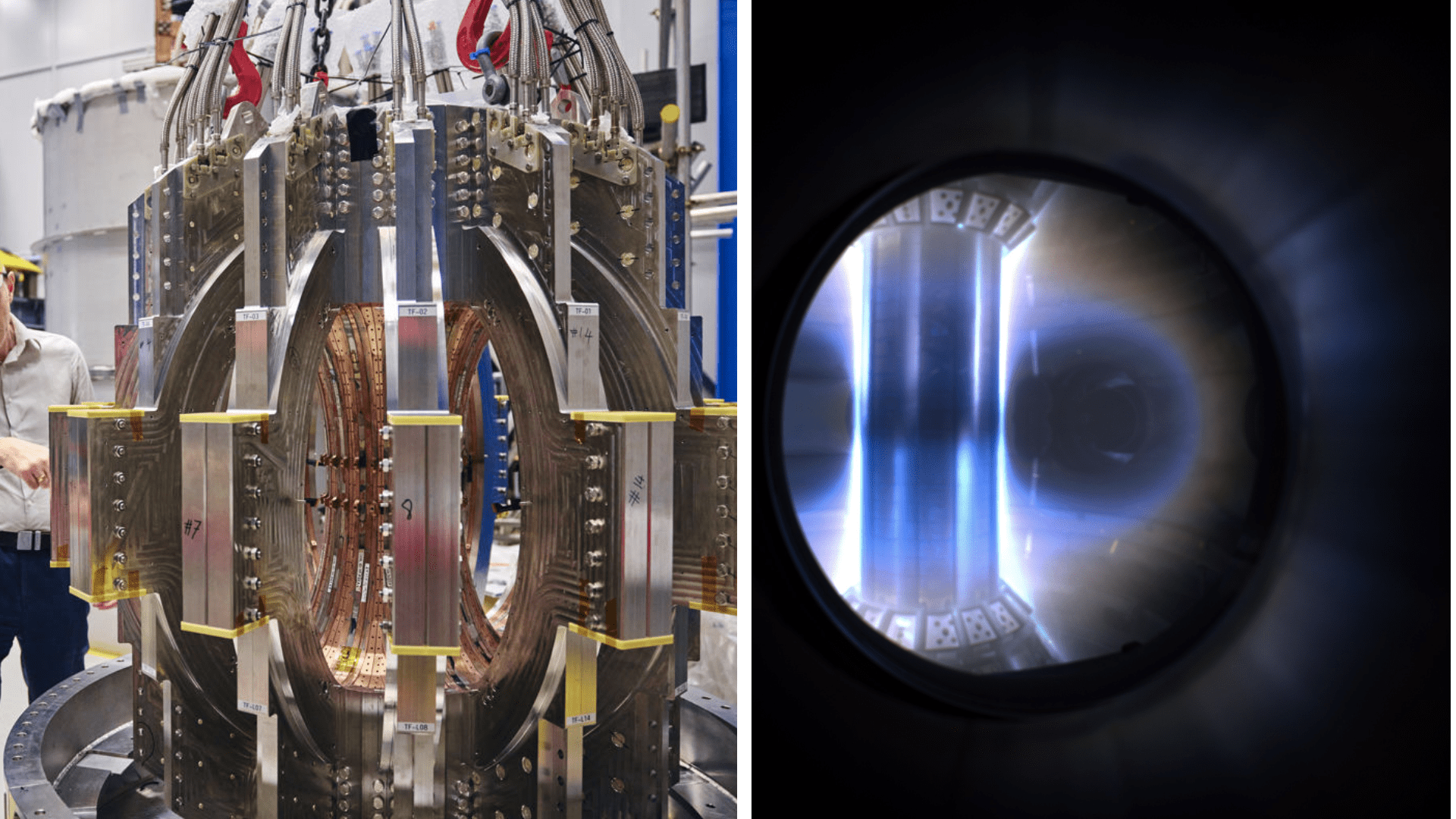Angle down icon An icon in the shape of an angle pointing down. SpaceX utilizes Falcon 9 rockets to transport groups of approximately 60 Starlink satellites during each launch.Paul Hennessy/SOPA Images/LightRocket via Getty Images When SpaceX launched its initial Starlink satellites, astronomers around the world were alarmed, and the company quickly became a concern for the sky.”I felt as if life as an astronomer and a lover of the night sky would never be the same,” astronomer James Lowenthal told the New York Times in 2019.As the bright trail of satellites climbed through space, ascending to their target orbit in May 2019, people just standing outside could see them clear as day, zipping overhead as they circled Earth.To some, it seemed to herald the end of astronomy. “If there are lots and lots of bright moving objects in the sky, it tremendously complicates our job,” Lowenthal told the Times. However, for rural populations, including in developing countries, that lack reliable internet, Starlink could be a game-changer since SpaceX plans to provide high-speed broadband internet to the entire Earth, powered by more than 10,000 satellites. Nonetheless, the presence of Starlink satellites, now numbering over 5,000, is obstructing astronomers’ observations of the cosmos, affecting their data. Even some space telescopes are not immune. Just last year, a study found that about one-third of the Hubble Space Telescope’s images could be degraded by satellites by 2030.SpaceX leads the way for change SpaceX is not alone in this endeavor; it was just the first company to launch substantial numbers of bright spacecraft into orbit. At least a dozen companies, as well as the Chinese government, are planning to launch their own large fleets of satellites.Many astronomers see the growing business of internet-satellite constellations as a significant threat. Of all the companies competing for this new frontier, SpaceX has placated some of its critics by listening to them, collaborating with them, and attempting to reduce the brightness of its satellites. “Now we’re making progress,” Jonathan McDowell, an astronomer and one of the most vocal critics of Starlink, told Business Insider at a conference of the American Astronomical Society in New Orleans. Three different satellite trails outshine the stars in an image from the Hubble Space Telescope. NASA/ESA/Kruk et al. McDowell and other astronomers gathered with representatives from the satellite industry to discuss efforts to maintain dark skies and minimize radio interference. No current SpaceX representative participated in the session. Nevertheless, Starlink’s experimental solutions dominated the conversation – perhaps because it is the only company that has been willing to try the remedies proposed by astronomers.”For me the focus is not on the call to alarm only, it’s on the path to coexistence,” said Patricia Cooper, a satellite-industry consultant who previously served as VP of SpaceX’s government affairs for satellites, addressing the assembled astronomers. “Not surprisingly, we didn’t solve the problem in four and a half years.” SpaceX has tried black paint, sun visors, and now ‘mirror film’ CEO Elon Musk has said little publicly about astronomers’ concerns, but SpaceX has worked with astronomy leaders privately. Slaven Vlasic/Getty Images SpaceX has employed various methods to reduce the brightness of its satellites, and some have shown promise. In 2020, approximately six months after the debut of the conspicuous Starlink satellite trail, SpaceX attempted to address the issue by essentially painting a set of satellites black. This approach was somewhat effective as it reduced the brightness of the satellites, but they still remained too bright.Later that year, SpaceX deployed sun visors to shield the bottom side of the satellites from sunlight, which was reflecting back to Earth and causing them to appear bright. This measure proved successful, with the visored satellites being about one-third as bright as those without visors. However, the visors had to be removed when SpaceX added laser communications, as they blocked the lasers.Now, SpaceX is investigating the use of “mirror film” to further diminish the brightness of its upcoming Starlink generation. However, these satellites are significantly larger than the previous ones, which somewhat negates the reduction in brightness, according to McDowell.”I don’t think there are all villain or all hero things here,” he added.SpaceX developed these solutions through discussions with astronomers, including at the world’s first conference on satellite brightness. In 2022, the International Astronomical Union formalized this ongoing collaboration as the Centre for the Protection of the Dark and Quiet Sky from Satellite Constellation Interference – CPS, for short. SpaceX has even implemented an operational adjustment suggested by astronomers – positioning the satellites’ solar panels away from the sun as they cross the dividing line between night and day. This is when they become visible on the horizon and pose the most significant challenge for telescopes on Earth. Diminishing the solar panels’ exposure to sunlight at this time benefits astronomers but results in reduced energy for the satellite.”That’s real, substantial mitigation that they’ve done,” McDowell stated. “They’re really taking a monetary hit by doing that. So we appreciate that.””If the other companies will do it remains to be seen,” he added.Amazon and other companies may follow SpaceX’s leadAmazon and a small Earth-imaging company called Planet Labs are both following SpaceX’s lead. Chris Hofer, international team lead for Amazon’s Project Kuiper internet satellites, informed astronomers in New Orleans that SpaceX’s efforts with Starlink have been beneficial.Since joining CPS, Hofer stated that Amazon has started enhancing its solar panels and exploring sun shades.Both Hofer and Kristina Barkume, of the Earth-imaging satellite company Planet, said they would closely monitor SpaceX’s new mirror-film tests.”Those innovations help us,” Barkume told Business Insider. While a few companies seem to be paying lip service to, or even investing in, mitigating the bright-satellite issue, it is unlikely to disappear. In the coming years, tens of thousands of satellites are expected to populate Earth’s orbit. Regardless of their brightness, they will likely impact astronomy. Scientists will need to find ways to observe through the spaces between the satellites, however small or fleeting those windows to the cosmos may be.














